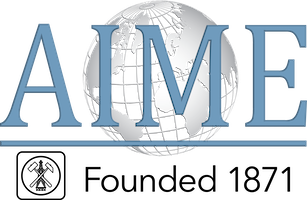Floris Osmond
AIME Honorary Membership in
1899
Floris Osmond was born in Paris, March 10, 1849. He graduated from the Ecole Centrale des Arts et Manufactures, where he studied metallurgy under the late Professor Jordan. After a few months spent in the machine shops of Fives-Lille Mr. Osmond entered the employ of the Blast Furnaces, Forges and Rolling Mills Co. of Denain and Anzin, which was then adding to its works some Bessemer converters and some open hearth furnaces. Mr. Osmond assisted in starting the steel-making department and although devoting his time more particularly to the open hearth furnaces and to the laboratory, he familiarized himself with all the details of a large metallurgical establishment. In 1880, Mr. Osmond joined the metallurgical staff of the famous Creusot works. It is there that he met Mr. Werth, with whose collaboration he wrote his first contributions to the application of the microscope to the study of iron and steel. Drawn toward each other by a similarity of taste, Mr. Osmond and Mr. Werth sought together, along scientific lines, the solution of the daily problems coming to their notice in the actual running of the works, and which so often remained unsolved.
In 1884, Mr. Osmond left the manufacturing line, to devote himself exclusively to the study of scientific metallurgy. It is his private laboratory, in Paris, that he conducted those admirable researches, which have rendered his name famous on two continents.
In 1888, the French Society for the Encouragement of the National Industry awarded to Mr. Osmond a prize of 3000 francs and in 1895 a second prize of 2000 francs.
In 1897, Mr. Osmond received the Lavoisier medal, in recognition of his masterly presentation and successful defense of the allotropic theory of iron. The Lavoisier medal is awarded every six years by the French Society of Encouragement to the author, whatever his nationality, whose work has most contributed to the progress of French industry. The illustrious Sainte-Claire Deville was the first recipient of the medal. It is an award of which any scientist may justly be proud.
Mr. Osmond’s written contributions to the advancement of metallurgy number over seventy.

